The thought of humanity’s future weighs as much as the question of the meaning of life. Philosophers, scientists and laymen dabble with this idea inevitably, but in varying degrees. With today’s struggle of pandemics, climate change, poverty and war -to only name a few- the question of what will become of man and its environment is looking grimmer with each crisis we face. The role of Ekistics attempts to answer this very question through the study of Human Settlements; and upon careful examination of this school of thought, a great deal of it reminded me of the ancient symbol of the Ouroboros. The Ouroboros is a symbol of a snake or serpent eating its own tail, used in many cultures for over a millennium, it symbolizes (in its most basic concept) cosmic harmony, eternity and the cycle of birth and death. Much like how the ancient Egyptians believed in the cyclical nature of the universe and its ability to “flow back into itself”, Ekistics suggests a future of satisfactory balance between man and his environment even in today’s period of frantic and growing disparity. My personal anxiety of whether man has a place on this earth in the near and remote future is soothed by the Ekistics’ belief of society’s ability for renewal and regeneration.
Ekistics (Ek) is first defined by C.A. Doxiadis, a Greek architect and town planner, as a global science of Human Settlements involving the investigation of its five elements: nature, man, society, shells (structures), networks and its relationship with the environment, both the physical (Natural & Man-made) and the conceptual (Social Environment). Different from other human sciences- that deals with the projection of the future- Ekistics offers a more useful tool that utilizes extrapolations but is fundamentally based on the process of designing a future model that moves backwards to reach the present. More so, it draws knowledge from multiple disciplines such as economics, social science, technical disciplines and cultural disciplines to draw theories and general conclusions that can be used in fields of planning, architecture and engineering.
One of Ekistics greatest incentive is the concept of Ecumenopolis (Ecp), where the demand for human settlements will become saturated leading to a broad pattern of urbanization of the whole planet. It represents an urban development premised after assumptions about habitability of surfaces, types of land use, patterns of land occupation and geometry, expected to be attained between the middle and the end of the 22nd century. The Ecp’s space definition is defined through the physical geography of the planet and its time definition on the present, recent past and near future facts, making it a highly likely future development. It is also notable that Ecumenopolis is not a Utopian model of “no place” but an inevitable reality or Entopia, “something in its proper place.” Complimentary to Ecp, Ecumenokepos (Eck) is a pattern that systematically links all Open Spaces (spaces not built-up) through bridges or corridors of protected nature. The connected and continuous characteristic of Eck disconnects and separates Ecp into isolated “blobs” to preserve the natural environment on a grand scale. The process of interrelating open spaces results to an emergence of hierarchy, from the smallest unit such as an individual garden to larger uninhabited areas or wilderness. These links can be achieved through real (physical) connections of bridges or corridors, or through functional (conceptual) movements of people, goods, information etc. This is essential in properly describing and understanding open spaces and their corresponding problems in order to carefully devise appropriate solutions. The successful implementation of the Eck model is beneficial to the flauras and faunas, the open spaces themselves, and allows man the privilege of continuously moving through open spaces in varying scales.
C.A. Doxiadis also proposed a system of classification of land uses according to “12 zones.” This identifies land use according to the type and degree of human intervention helping to assess and qualify its impact. The zones range between “Zone 1”, with the least human intervention to “Zone 12”, the most highly polluted industrial areas. This new type of “land registry” map classifies all regions as belonging to a specific zone which aids in international coordination and unification of control. Each control will describe a very detailed, quantified description of activities allowed or prohibited; it can also be extended to water surfaces and the atmosphere.
Ekistics projections also influence other fields of human activity. Recent phenomenon has led to theories of new spatial units like “regional settlements”, metropolises or conurbations, megalopolises, urbanized regions etc. to replace traditional countries. The location, extent, character and boundaries of these “new units” will be dictated by the new circumstances of the time and the growing importance of Ecumenokepos. Progressive Internationalization will also be observed, reaching beyond “restricted” national boundaries with the growing need for international character of environmental control. The aggressive advancement in science in technology will lead to more systematic ways in dealing with environmental issues. Ek also anticipates the diminishing gap in income after reaching maximum disparity in one or two generations from now, where per capita incomes will be considerably higher in both developed and Third World countries. The acceleration of “information explosion” will develop more efficient scientific information systems to solve complex problems quickly, more correctly and more democratically. Ethics will experience a shift that explores higher value and priority on the generalized preservation of nature. Even with the growing interest in space exploration the majority of people living on Earth is far greater, for it is easier, cheaper, simpler, more logical and more efficient to resolve issues on this planet rather than seeking and developing societies on extra-terrestrial lands.
The chances of a major catastrophe are very likely, however, given the greater threats that humanity faced in the past it has always proved to survive and prosper. Once the critical period of disparities in social tensions (upheavals, revolutions, wars etc.) and environmental deterioration passes, these issues will soon diminish. Whatever is left to survive will have a greater chance for recovery and regeneration and problems will be deemed more controllable. Parallel to the cyclical nature of the Ouroboros, Ekistics offers a possibility to revert to a state where man and environment’s relationship is balanced. Overcoming this “major hurdle” will allow for death in order to move towards a birth of a new Ecumenopolis/Ecumenokepos era. Earth as “The Paradise of the solar system” will thrive, “making humanity increasingly aware of its tiny, but important, share in the wider Cosmos” and as a symbol of the eternal cycle of time.

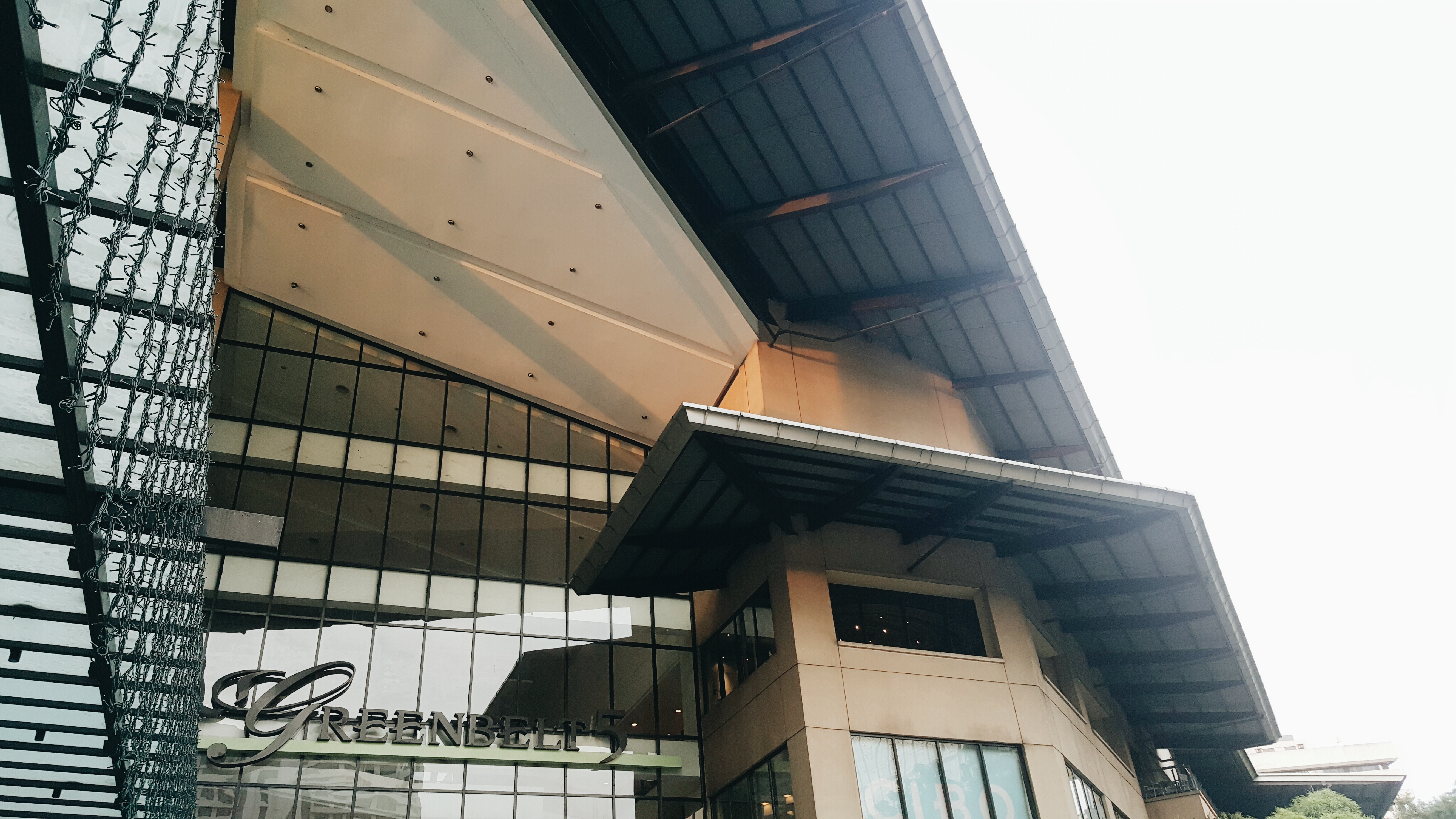
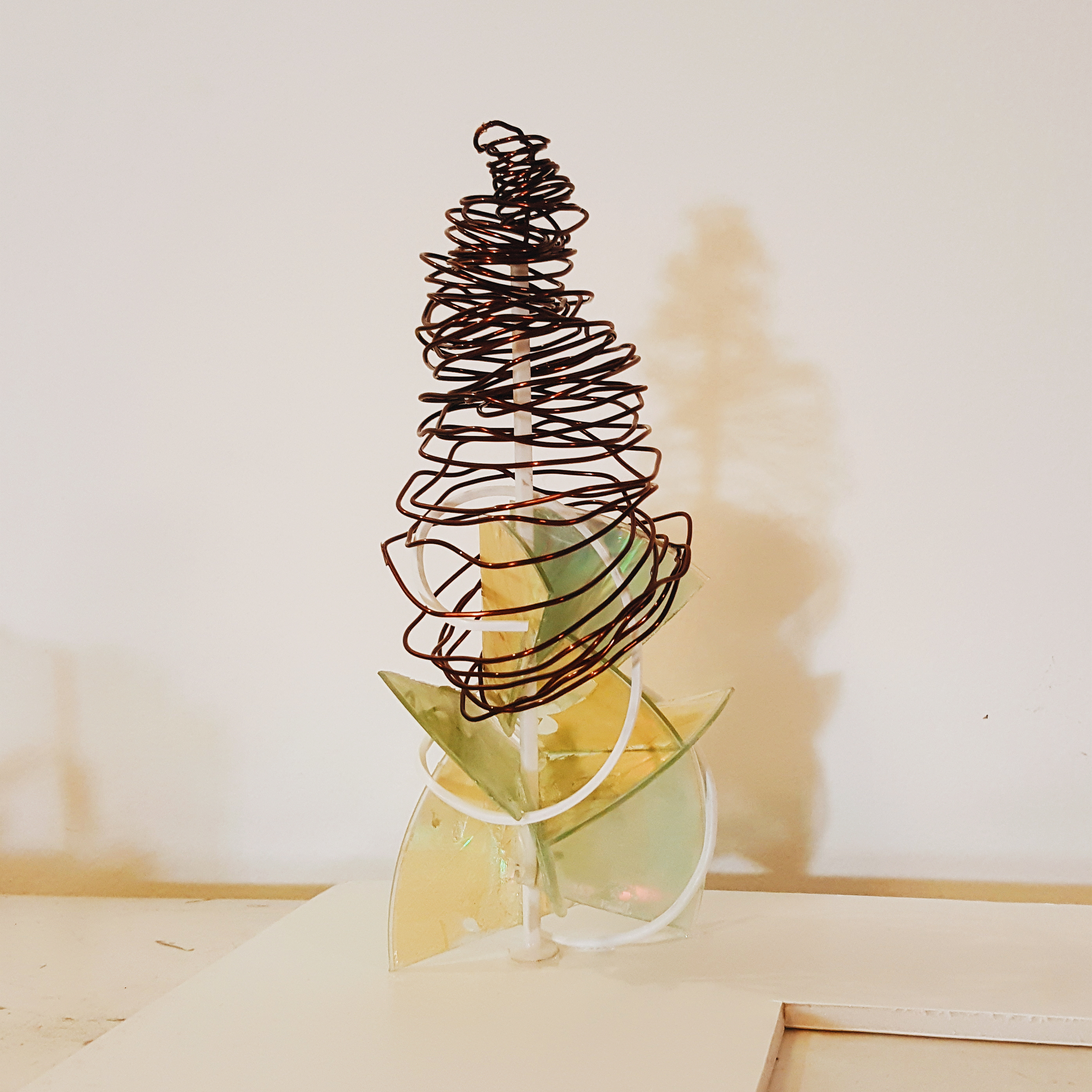
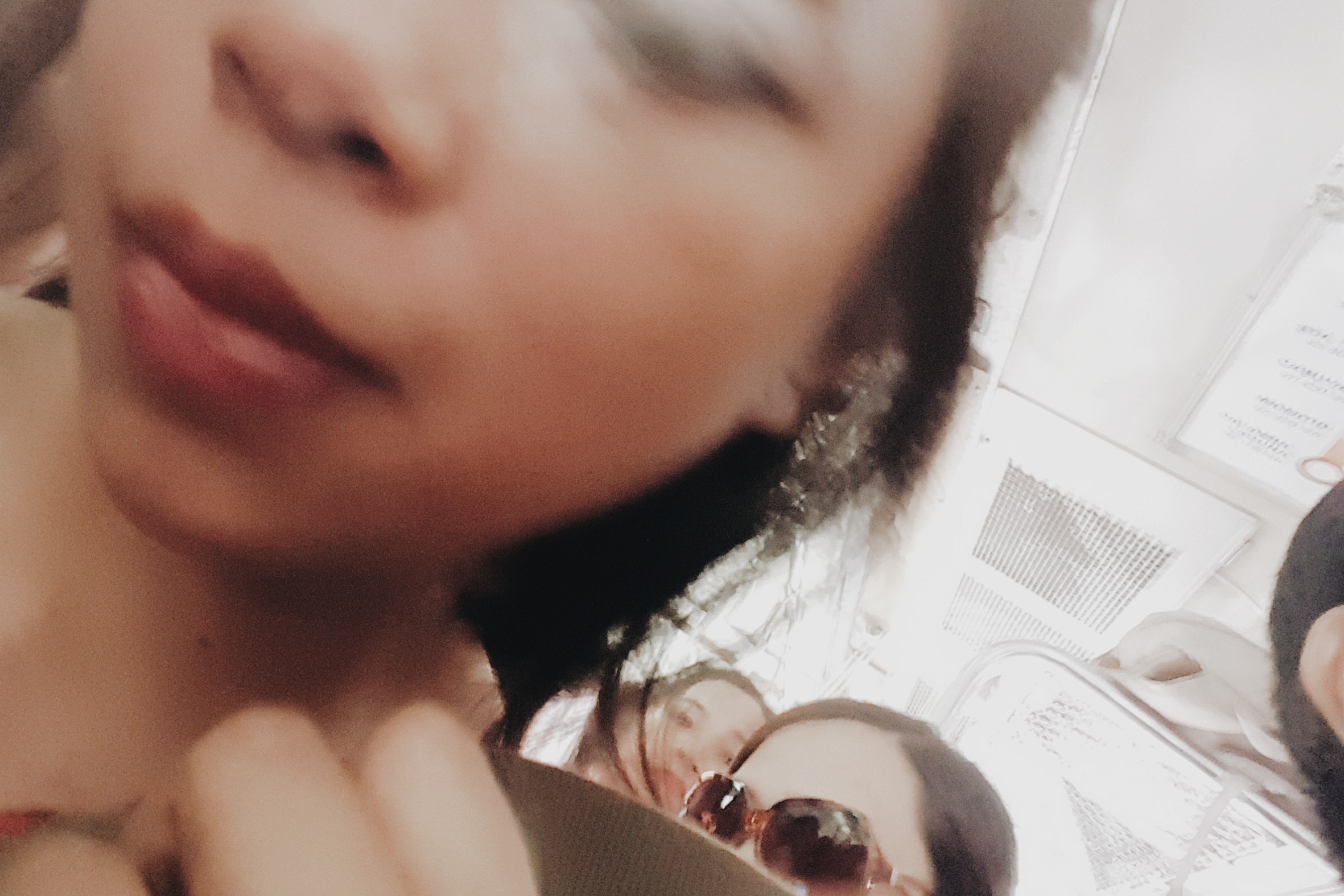
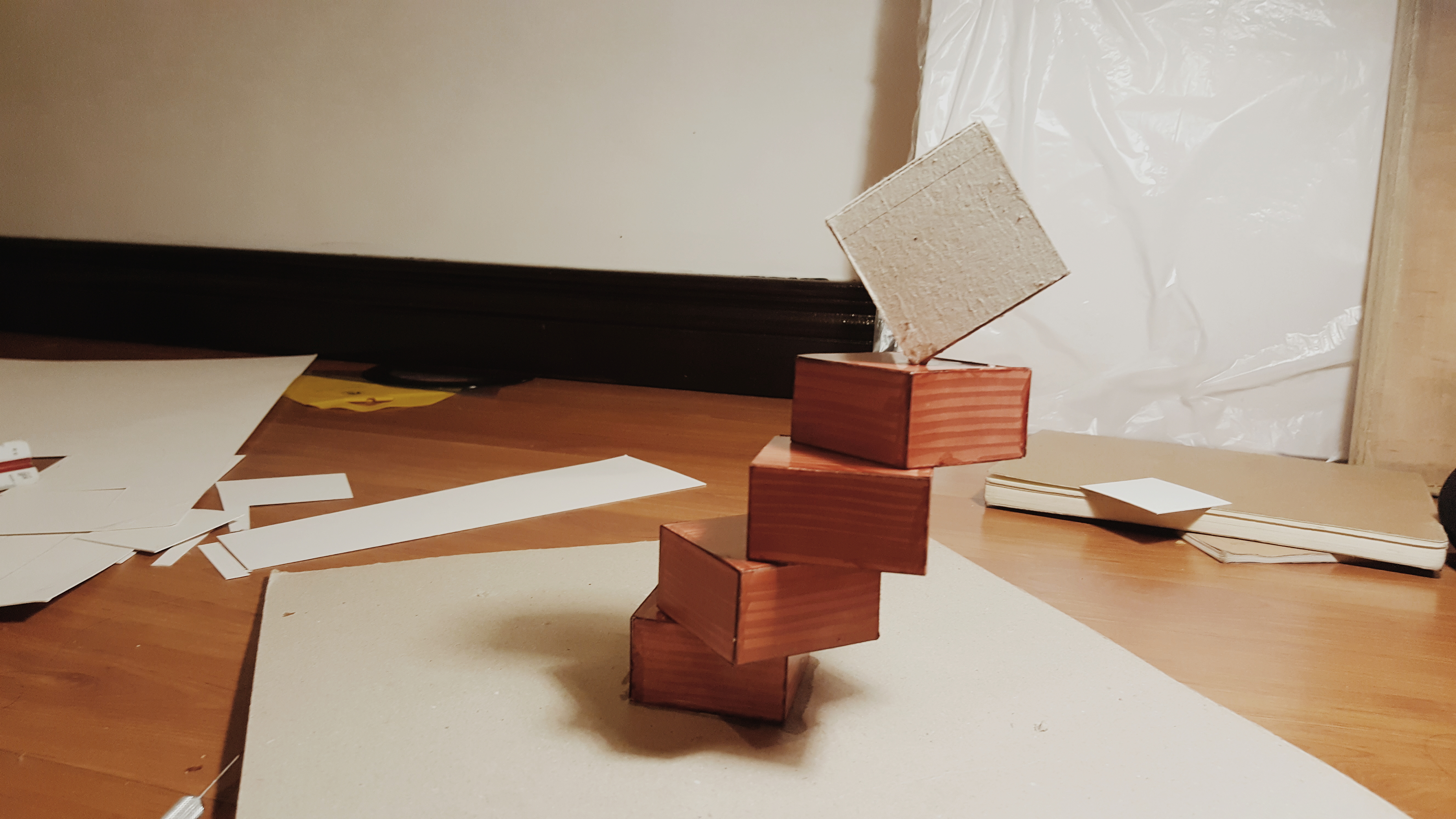 The Murphy’s Law states that anything that can go wrong will go wrong and the world functions around these cruelties presented by the universe. Most people think that life is unfair, that we get thrown into situations we think we do not deserve but I think otherwise. Negativity has a constant presence in our lives some of them are consequences of our actions but some may happen for no reason at all; the possibility that these sufferings may or may not have meaning is paradoxically what gives life reason.
The Murphy’s Law states that anything that can go wrong will go wrong and the world functions around these cruelties presented by the universe. Most people think that life is unfair, that we get thrown into situations we think we do not deserve but I think otherwise. Negativity has a constant presence in our lives some of them are consequences of our actions but some may happen for no reason at all; the possibility that these sufferings may or may not have meaning is paradoxically what gives life reason.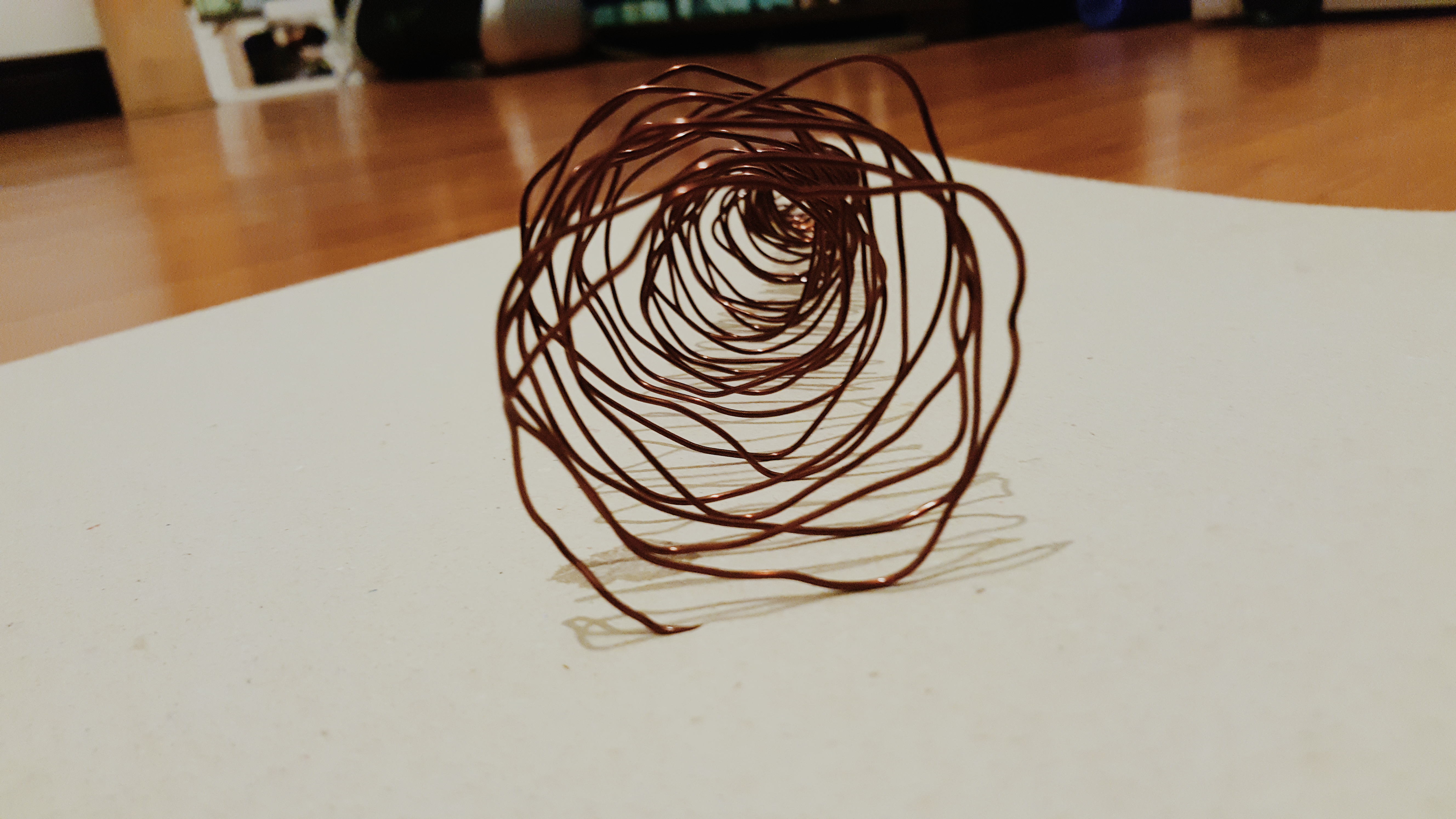
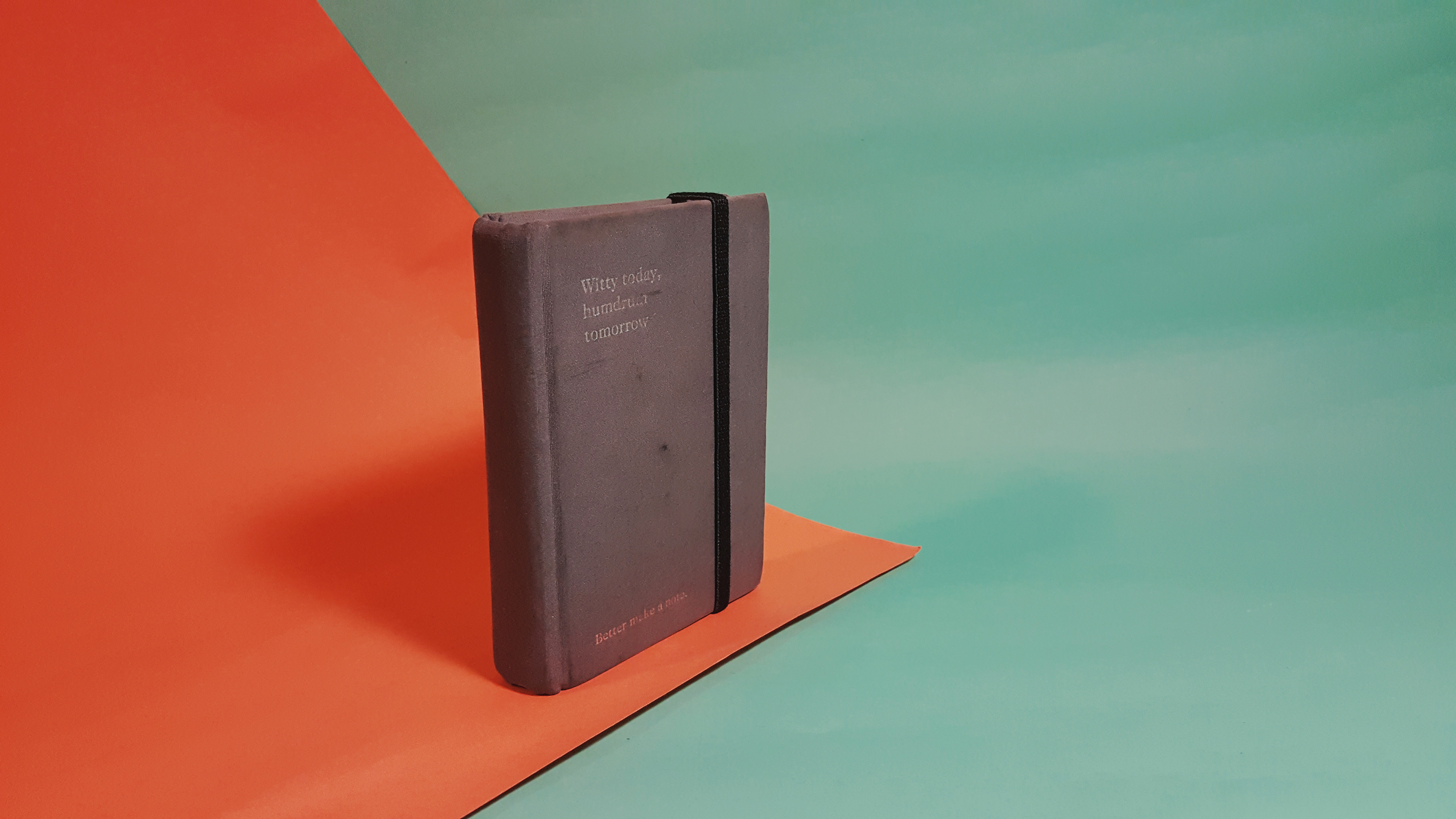
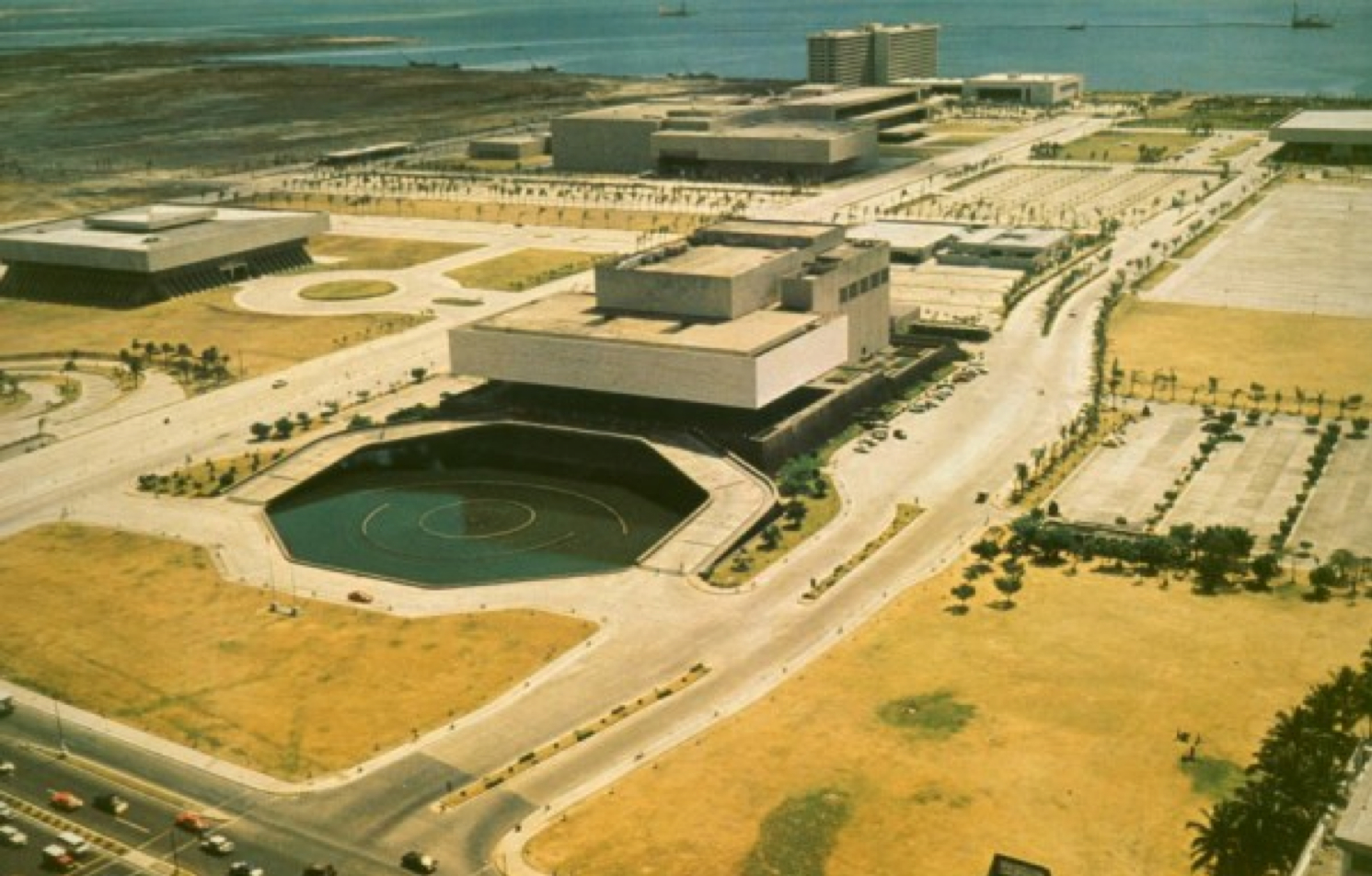 The Cultural Center of the Philippines—a complex built to represent and enrich the gift of arts and culture the Philippines has to offer. The CCP complex consists of the country’s main cultural edifices and several famed commercial developments. It has become the focal point when people look at the Philippine’s cultural treasures.
The Cultural Center of the Philippines—a complex built to represent and enrich the gift of arts and culture the Philippines has to offer. The CCP complex consists of the country’s main cultural edifices and several famed commercial developments. It has become the focal point when people look at the Philippine’s cultural treasures.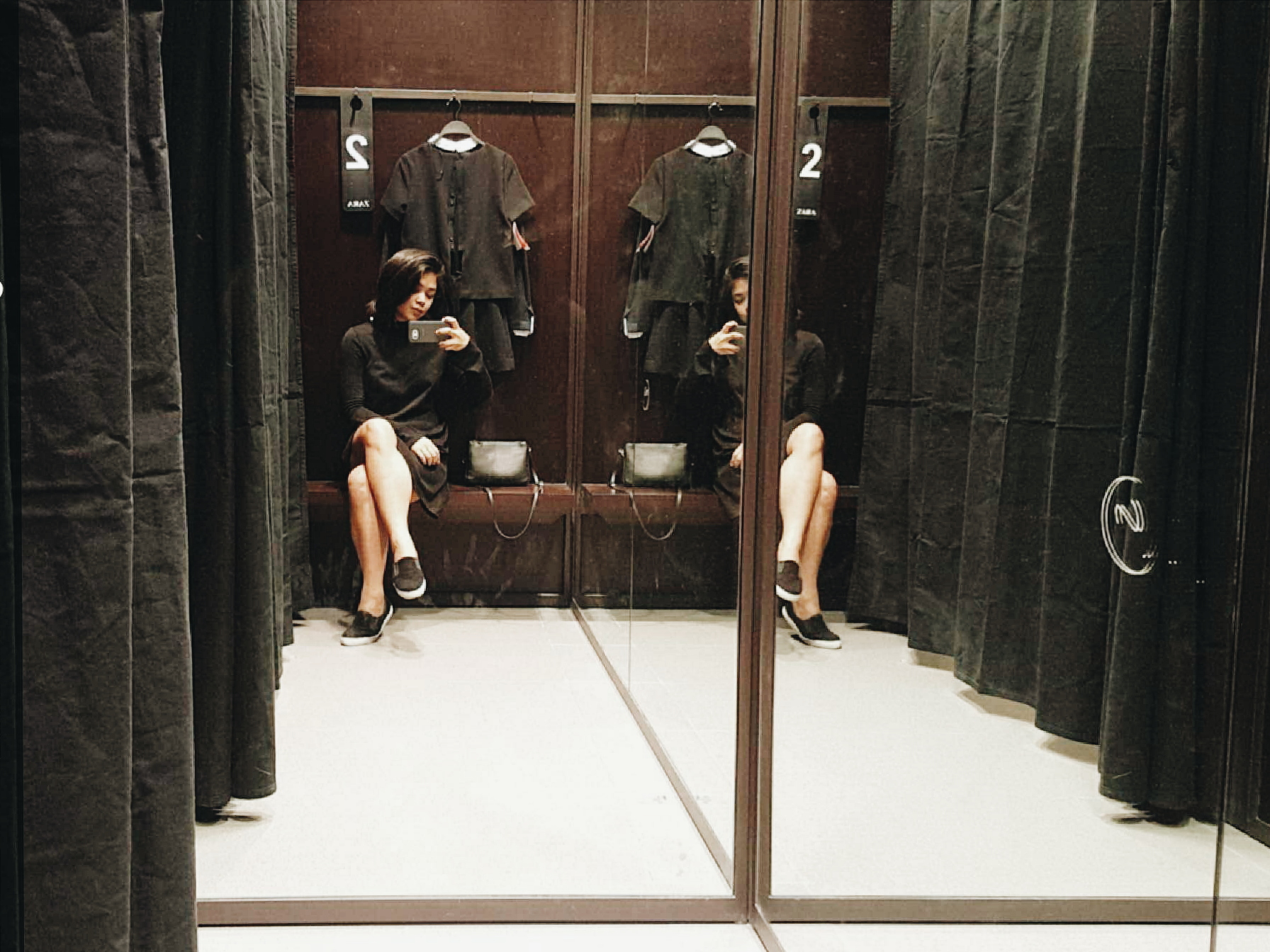
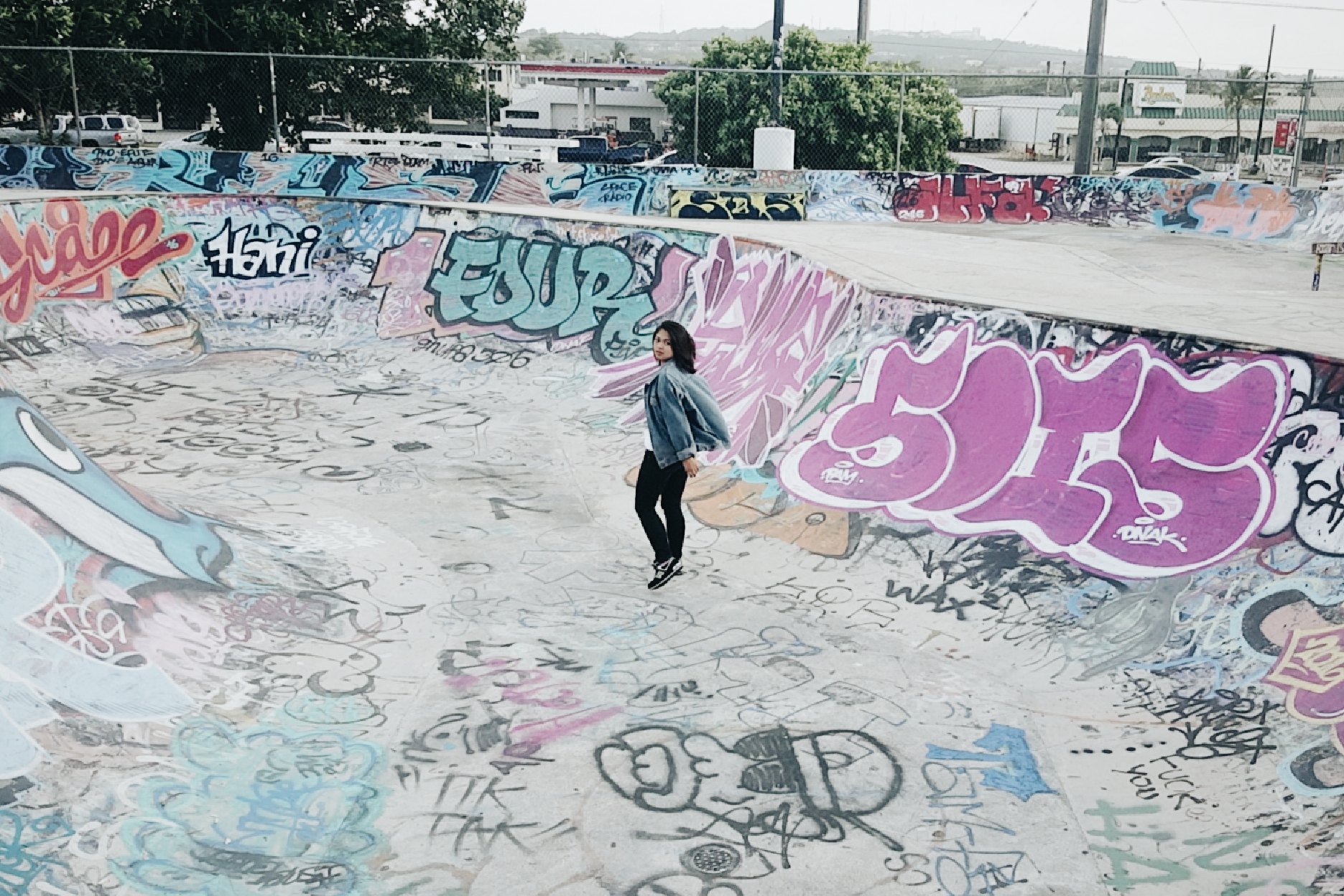 Human beings are built with two parts of a brain, one of which may work harder than the other but never on its own. The left processes all that is scientific, logical and systematic while the right process things that are creative, sensory and emotional. We are also divided into two parts of our needs, physiological –those that require our body to work properly- and psychological- those that require our subjective self to function. The world amazingly is built in way that it is divided into parts, parts of which make up a whole, a complement of each other –the yin and the yang. This is synonymous -and even directly related- to my personal understanding of Architecture and its purpose. What sets architecture apart from a simple box of concrete is its ability to touch beyond the human body, its ability to connect with the soul, a combination of science and art-almost the same as how a functioning brain is built but also completely how nature works.
Human beings are built with two parts of a brain, one of which may work harder than the other but never on its own. The left processes all that is scientific, logical and systematic while the right process things that are creative, sensory and emotional. We are also divided into two parts of our needs, physiological –those that require our body to work properly- and psychological- those that require our subjective self to function. The world amazingly is built in way that it is divided into parts, parts of which make up a whole, a complement of each other –the yin and the yang. This is synonymous -and even directly related- to my personal understanding of Architecture and its purpose. What sets architecture apart from a simple box of concrete is its ability to touch beyond the human body, its ability to connect with the soul, a combination of science and art-almost the same as how a functioning brain is built but also completely how nature works.